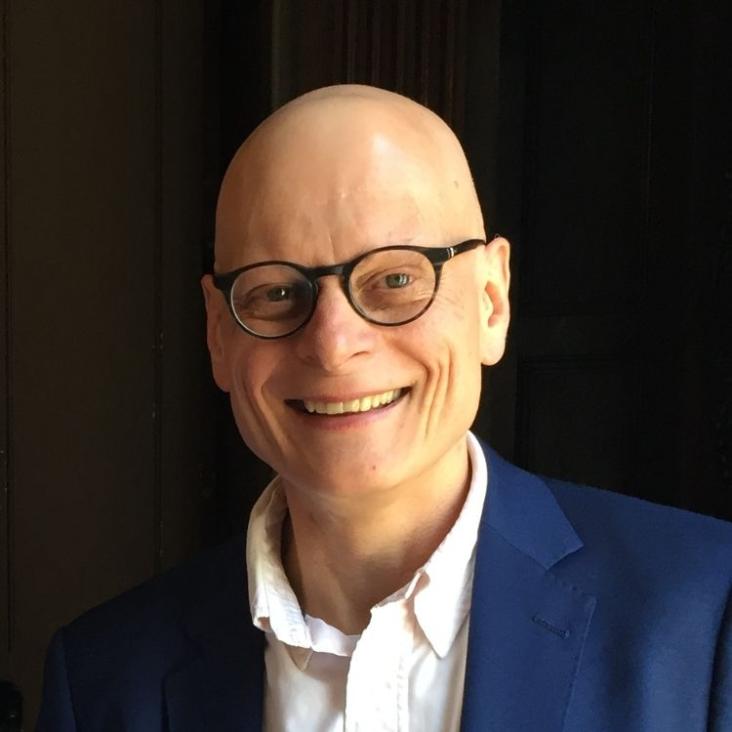Quantum random bit generation using stimulated Raman scattering
Optics Express 19:25 (2011) 25173-25180
Abstract:
Random number sequences are a critical resource in a wide variety of information systems, including applications in cryptography, simulation, and data sampling. We introduce a quantum random number generator based on the phase measurement of Stokes light generated by amplification of zero-point vacuum fluctuations using stimulated Raman scattering. This is an example of quantum noise amplification using the most noise-free process possible: near unitary quantum evolution. The use of phase offers robustness to classical pump noise and the ability to generate multiple bits per measurement. The Stokes light is generated with high intensity and as a result, fast detectors with high signal-to-noise ratios can be used for measurement, eliminating the need for single-photon sensitive devices. The demonstrated implementation uses optical phonons in bulk diamond. © 2011 Optical Society of America.Entangling Macroscopic Diamonds at Room Temperature
Science 334:6060 (2011) 1253-1256
Abstract:
Quantum entanglement in the motion of macroscopic solid bodies has implications both for quantum technologies and foundational studies of the boundary between the quantum and classical worlds. Entanglement is usually fragile in room-temperature solids, owing to strong interactions both internally and with the noisy environment. We generated motional entanglement between vibrational states of two spatially separated, millimeter-sized diamonds at room temperature. By measuring strong nonclassical correlations between Raman-scattered photons, we showed that the quantum state of the diamonds has positive concurrence with 98% probability. Our results show that entanglement can persist in the classical context of moving macroscopic solids in ambient conditions.Accuracy measurements and improvement for complete characterization of optical pulses from nonlinear processes via multiple spectral-shearing interferometry
Opt. Express OSA 19 (2011) 25
Abstract:
We demonstrate that multiple spectral-shearing interferometry increases the precision and accuracy of measurements of the spectral phase of a complex pulse (time-bandwidth product $=$ 125) arising from self-phase modulation in a gas filled capillary. We verify that the measured interferometric phase is accurate to 0.1 rad across the full bandwidth by checking the consistency between the spectral phases of each individual shear measurement. The accuracy of extracting pulse parameters (group delay dispersion, pulse duration and peak intensity) for single shear measurements were verified to better than 10% by comparison with the multishear reconstruction. High order space-time coupling is quantified across a single transverse dimension, verifying the suitability of such pulses for use in strong field experiments.From molecular control to quantum technology with the dynamic Stark effect
Faraday Discussions 153 (2011) 321-342
Abstract:
The non-resonant dynamic Stark effect is a powerful and general way of manipulating ultrafast processes in atoms, molecules, and solids with exquisite precision. We discuss the physics behind this effect, and demonstrate its efficacy as a method of control in a variety of systems. These applications range from the control of molecular rotational dynamics to the manipulation of chemical reaction dynamics, and from the suppression of vacuum fluctuation effects in coherent preparation of matter, to the dynamic generation of bandwidth for storage of broadband quantum states of light. © 2011 The Royal Society of Chemistry.Vectorial phase retrieval for linear characterization of attosecond pulses
Physical Review Letters 107:13 (2011)


